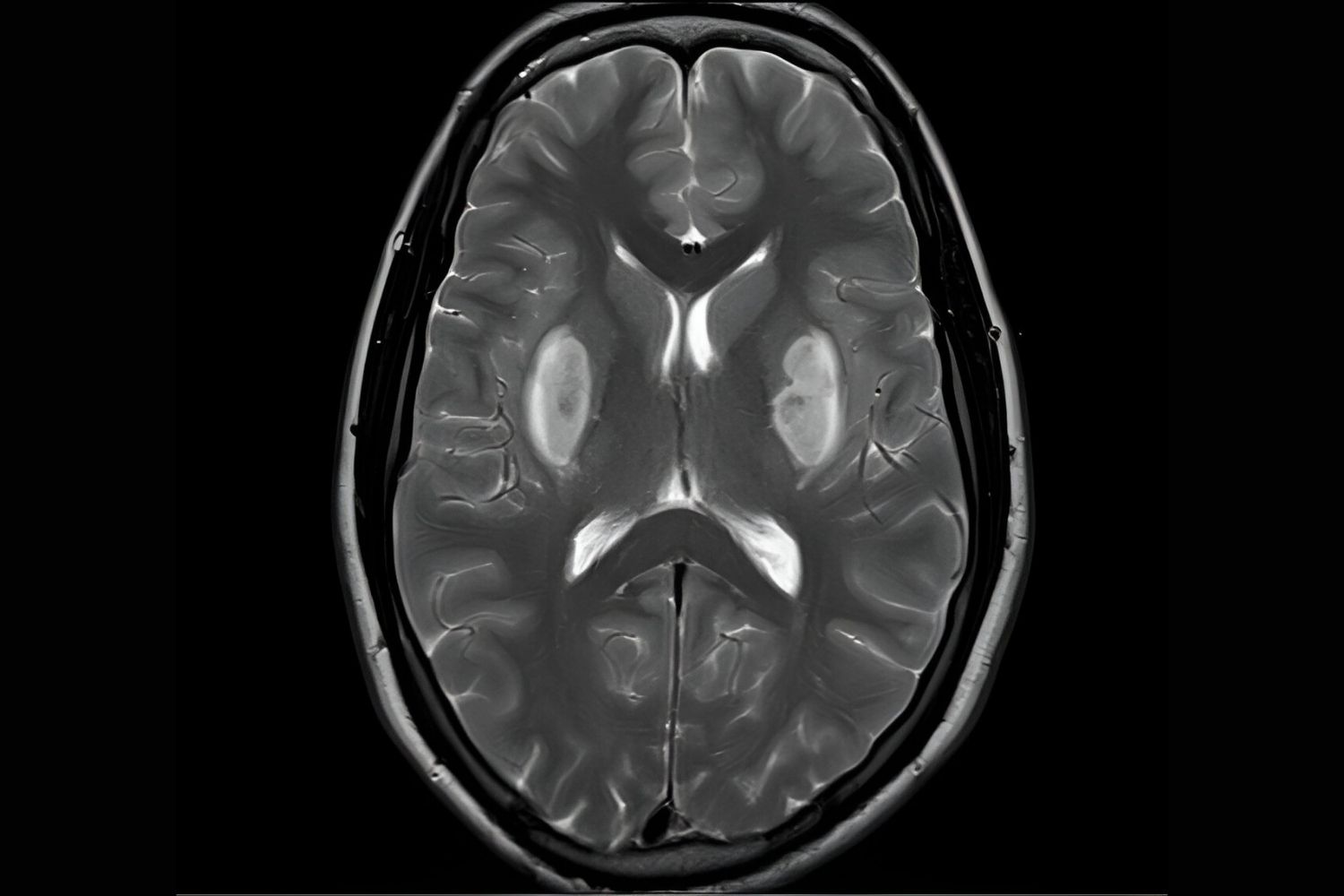
Marchiafava–Bignami Disease is a rare, severe neurological disorder often linked to chronic alcoholism. Named after Italian pathologists Amico Bignami and Ettore Marchiafava, this condition primarily affects the corpus callosum, the brain's bridge connecting the two hemispheres. Symptoms can range from confusion and memory loss to seizures and impaired motor skills. Though uncommon, understanding this disease is crucial for early diagnosis and treatment. Alcohol abuse isn't the sole cause; malnutrition and other factors can also contribute. Treatment usually involves addressing the underlying causes, such as improving nutrition and abstaining from alcohol. Early intervention can significantly improve outcomes, making awareness vital.
Key Takeaways:
- Marchiafava–Bignami Disease is a rare neurological disorder that affects the brain's corpus callosum. It can be caused by chronic alcoholism or malnutrition, leading to symptoms like cognitive impairment and motor dysfunction.
- Early diagnosis and treatment are crucial for improving the prognosis of Marchiafava–Bignami Disease. Patients may benefit from thiamine supplementation, nutritional support, and alcohol cessation to manage the condition effectively.
What is Marchiafava–Bignami Disease?
Marchiafava–Bignami Disease (MBD) is a rare neurological disorder. It primarily affects the corpus callosum, the part of the brain that connects the two hemispheres. This disease is often linked to chronic alcoholism but can also occur in non-alcoholics.
-
Named after Italian doctors: MBD is named after two Italian pathologists, Amico Bignami and Ettore Marchiafava, who first described the disease in 1903.
-
Affects the corpus callosum: The disease mainly targets the corpus callosum, leading to its degeneration and necrosis.
-
Rare condition: MBD is extremely rare, with fewer than 300 cases reported worldwide.
-
Chronic alcoholism: Chronic alcohol abuse is a significant risk factor for developing MBD.
-
Not exclusive to alcoholics: Though commonly associated with alcoholism, MBD can also affect non-alcoholics, particularly those with malnutrition.
Symptoms of Marchiafava–Bignami Disease
The symptoms of MBD can vary widely. They often depend on the extent of damage to the corpus callosum and other parts of the brain.
-
Cognitive impairment: Patients often experience severe cognitive deficits, including memory loss and confusion.
-
Motor dysfunction: Motor skills can be severely affected, leading to difficulties in coordination and balance.
-
Seizures: Some individuals with MBD may suffer from seizures.
-
Psychiatric symptoms: Depression, hallucinations, and other psychiatric symptoms are common in MBD patients.
-
Coma: In severe cases, MBD can lead to a coma.
Diagnosis of Marchiafava–Bignami Disease
Diagnosing MBD can be challenging due to its rarity and the overlap of its symptoms with other conditions.
-
MRI scans: Magnetic Resonance Imaging (MRI) is the most effective tool for diagnosing MBD, revealing lesions in the corpus callosum.
-
CT scans: Computed Tomography (CT) scans can also be used but are less sensitive than MRI.
-
Clinical history: A thorough clinical history, including alcohol consumption and nutritional status, is crucial for diagnosis.
-
Neurological examination: A detailed neurological exam helps in assessing the extent of cognitive and motor dysfunction.
-
Blood tests: Blood tests can help rule out other conditions and assess nutritional deficiencies.
Treatment Options for Marchiafava–Bignami Disease
Treatment for MBD focuses on managing symptoms and addressing underlying causes, such as alcohol abuse and malnutrition.
-
Thiamine supplementation: Thiamine (vitamin B1) supplements are often administered, especially if the patient has a history of alcohol abuse.
-
Nutritional support: Ensuring proper nutrition is crucial for recovery.
-
Alcohol cessation: Stopping alcohol consumption is essential for preventing further damage.
-
Physical therapy: Physical therapy can help improve motor skills and coordination.
-
Psychiatric care: Psychiatric treatment may be necessary to manage symptoms like depression and hallucinations.
Prognosis of Marchiafava–Bignami Disease
The prognosis for MBD varies widely. Early diagnosis and treatment can significantly improve outcomes.
-
Variable outcomes: Some patients recover fully, while others may have lasting neurological deficits.
-
Early intervention: Early diagnosis and treatment are critical for a better prognosis.
-
Chronic condition: In some cases, MBD can become a chronic condition requiring long-term management.
-
Relapse risk: Patients who resume alcohol consumption are at high risk of relapse.
-
Supportive care: Ongoing supportive care, including physical and psychiatric therapy, is often necessary.
Research and Future Directions
Research on MBD is limited due to its rarity, but ongoing studies aim to improve understanding and treatment.
-
Limited studies: The rarity of MBD means there are few large-scale studies on the disease.
-
New treatments: Researchers are exploring new treatment options, including neuroprotective agents.
-
Genetic factors: Some studies suggest that genetic factors may play a role in susceptibility to MBD.
-
Improved diagnostics: Advances in imaging technology are helping to improve the accuracy of MBD diagnosis.
-
Awareness: Increasing awareness among healthcare professionals is crucial for early diagnosis and treatment.
Understanding Marchiafava–Bignami Disease
Marchiafava–Bignami Disease (MBD) is a rare, serious condition often linked to chronic alcoholism. It primarily affects the corpus callosum, the brain's bridge between the two hemispheres. Symptoms can range from confusion and seizures to severe cognitive impairment. Early diagnosis and treatment are crucial for improving outcomes. MRI scans are typically used to identify the characteristic lesions in the brain. Treatment usually involves addressing the underlying alcohol abuse and providing supportive care. Despite its rarity, MBD highlights the significant impact of alcohol on brain health. Awareness and education about this disease can lead to better prevention and management strategies. If you or someone you know struggles with alcohol addiction, seeking help can prevent severe conditions like MBD. Always consult healthcare professionals for accurate diagnosis and appropriate treatment. Stay informed, stay healthy.
Frequently Asked Questions
Was this page helpful?
Our commitment to delivering trustworthy and engaging content is at the heart of what we do. Each fact on our site is contributed by real users like you, bringing a wealth of diverse insights and information. To ensure the highest standards of accuracy and reliability, our dedicated editors meticulously review each submission. This process guarantees that the facts we share are not only fascinating but also credible. Trust in our commitment to quality and authenticity as you explore and learn with us.
